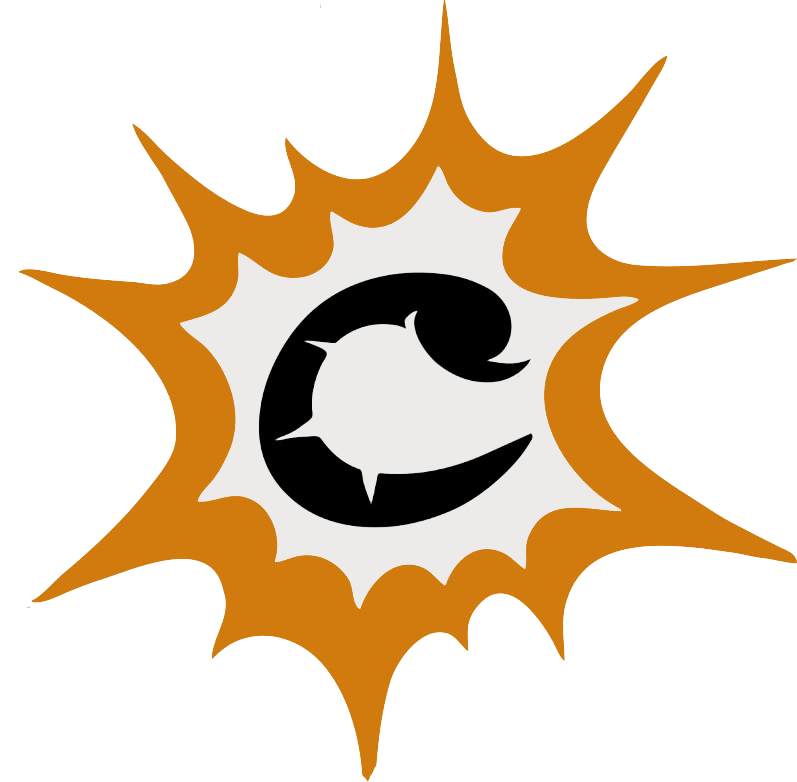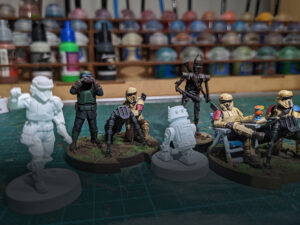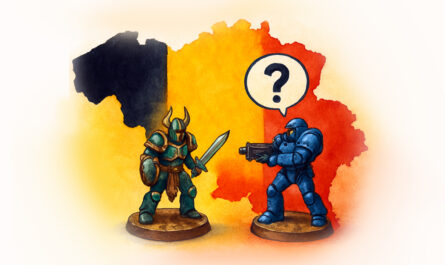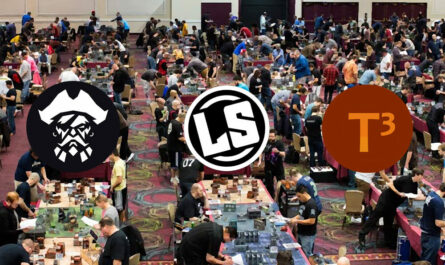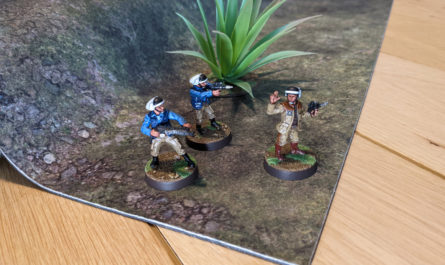Painting miniatures is a popular hobby among many players. Not only does it instantly put you in a zen-like state, but it also allows you to customize your miniatures (and by extension, your army) with the color scheme of your choice. If you feel like it, you can even change the pose of your miniatures or create them entirely from scratch! In this article, I’ll walk you through different ways to create an eye-catching army and impress your peers.
Why customize your miniatures?
The main appeal of customizing your miniatures is to have a unique army that stands out at a glance. In practice, it lets you quickly identify your troops—especially during a mirror match: if your opponent plays the same faction as you, confusion is almost guaranteed! After all, nothing looks more like a Stormtrooper than another Stormtrooper!
Customizing your army is also a great opportunity to think outside the box, try unusual color palettes, or learn some modeling techniques.
Finally, personalizing your miniatures gives you a chance to create a backstory for your army. Where do they come from? What battles have they already fought in? These kinds of questions can help you define the artistic direction for your army project.
The five customization techniques
Posing your miniatures
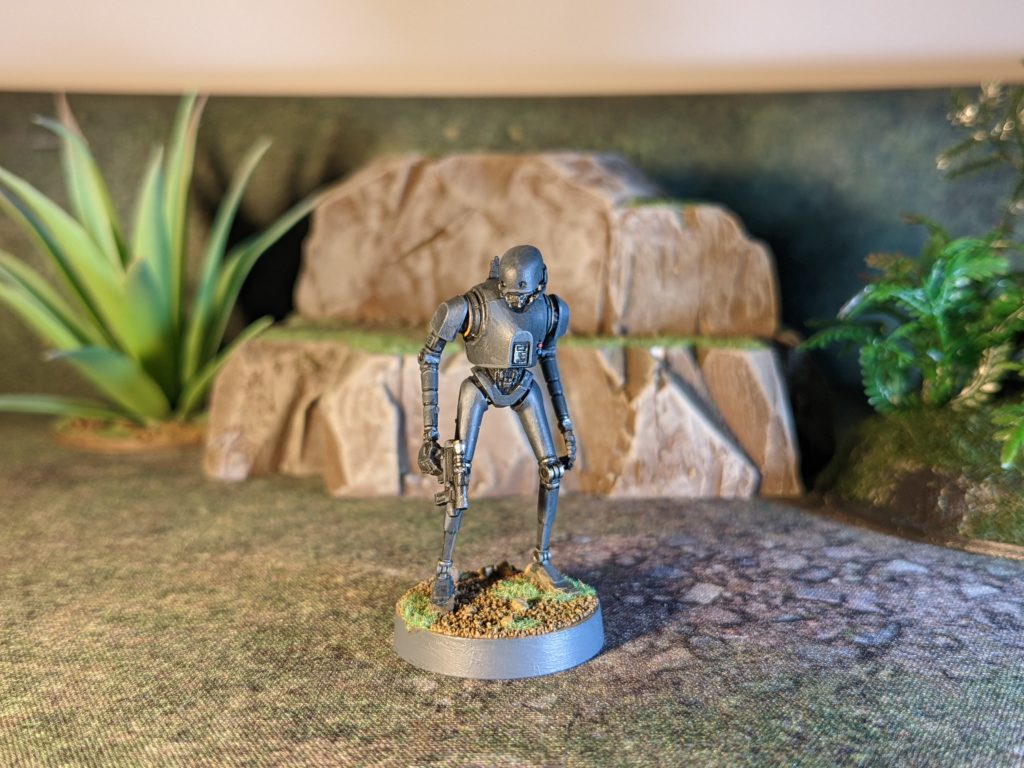
Miniatures are usually designed with a fixed pose, but nothing stops you from adjusting the direction of their heads, arms, or legs. Some miniature games are more flexible in this regard, such as Warhammer: Age of Sigmar or Warhammer 40,000. Each limb (arm, leg, etc.) must be assembled separately, offering a good amount of freedom when posing your figures.
For other games, the parts fit together in a very specific way, leaving little room for improvisation. Still, it’s far from impossible—you just need a hobby knife and a bit of green stuff to hide the modifications.
Kitbashing and conversions
Converting a miniature means modifying the original model to give it a new pose, function, or weapon. There are two types of conversions:
- Kit-based conversions: you take weapons or accessories from kit “A” and attach them to a model from kit “B.”
- Scratch conversions: you use modeling putty, such as green stuff or epoxy, to sculpt new equipment or body parts yourself.

In both cases, conversion is a complex type of customization that requires a bit of skill—and ideally, a box full of leftover bits. There are tools that can help, like Blue Stuff for duplicating miniature parts quickly, or 3D printing to create the components you’re missing. If you decide to give it a go, keep this in mind: a good conversion is one that looks seamless.
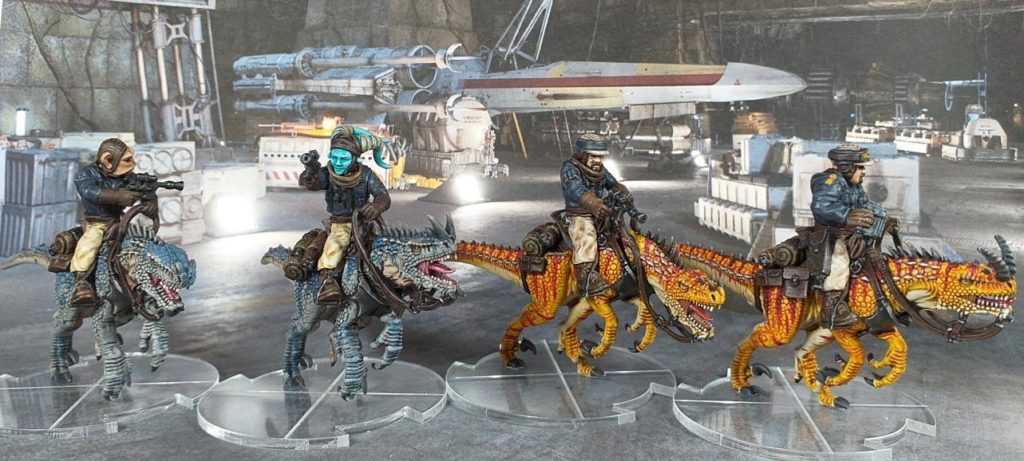
The choice of colours
This is the most obvious and easiest technique to customize your miniatures. Some armies are more suited to varied color schemes than others. In Star Wars: Legion, for example, Rebels can be painted in all kinds of colors since they don’t wear standardized uniforms. Just compare the outfits in Rogue One to those in Return of the Jedi and you’ll see what I mean. On the other hand, it’s hard to separate the iconic white from the Stormtroopers—but that doesn’t mean you can’t innovate! Just look at Rob Hobbies’ Hello Kitty-themed Imperial army.
If you prefer to stick to the official color schemes but still want a bit of flair, you can add subtle touches—like painting a shoulder pad yellow or adding your own squad markings.
Basing your miniatures
Basing refers to decorating the bases of your miniatures. In the early days of wargaming, it was common to apply a simple, bright green flock to your models. The base was seen solely as a functional element, simply meant to hold the miniature upright. Over the decades, it has evolved into a platform to showcase the miniature. Artists then started using all sorts of materials to push immersion and realism even further. Today, basing is a full-fledged art form, to the point that some artists dedicate themselves exclusively to it!

To personalize your bases, you can use any kind of material you have on hand. Consider wire, aquarium gravel, sand, or pieces of plastic card. Some materials can even be repurposed. For example, once dry, wood glue becomes transparent and can be used to simulate liquids, like puddles of water.
Of course, you can recycle bits from unused miniatures. Use skulls or severed arms to reflect the brutality of the battlefield. Let your imagination run wild to impress your opponents!
From an artistic direction standpoint, it’s common to base your miniatures in a style that matches your game board. If yours depicts the city of Mos Eisley, desert-themed bases are a perfect fit.
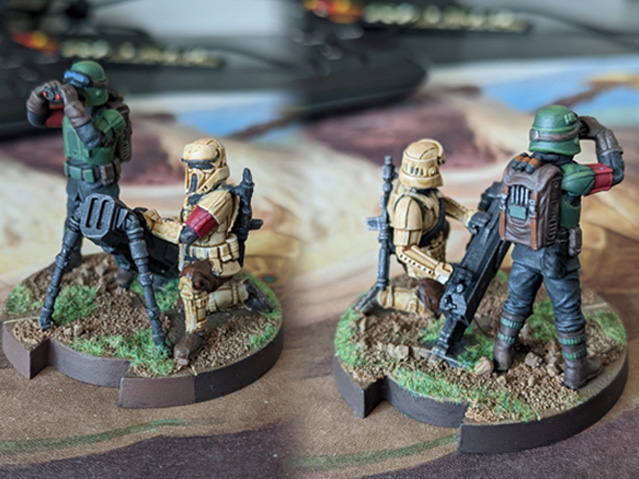
3D printing your miniatures
In recent years, 3D printing has become increasingly accessible. You can now buy printers online for a reasonable price, or find a local 3D printing workshop to bring your creations to life.
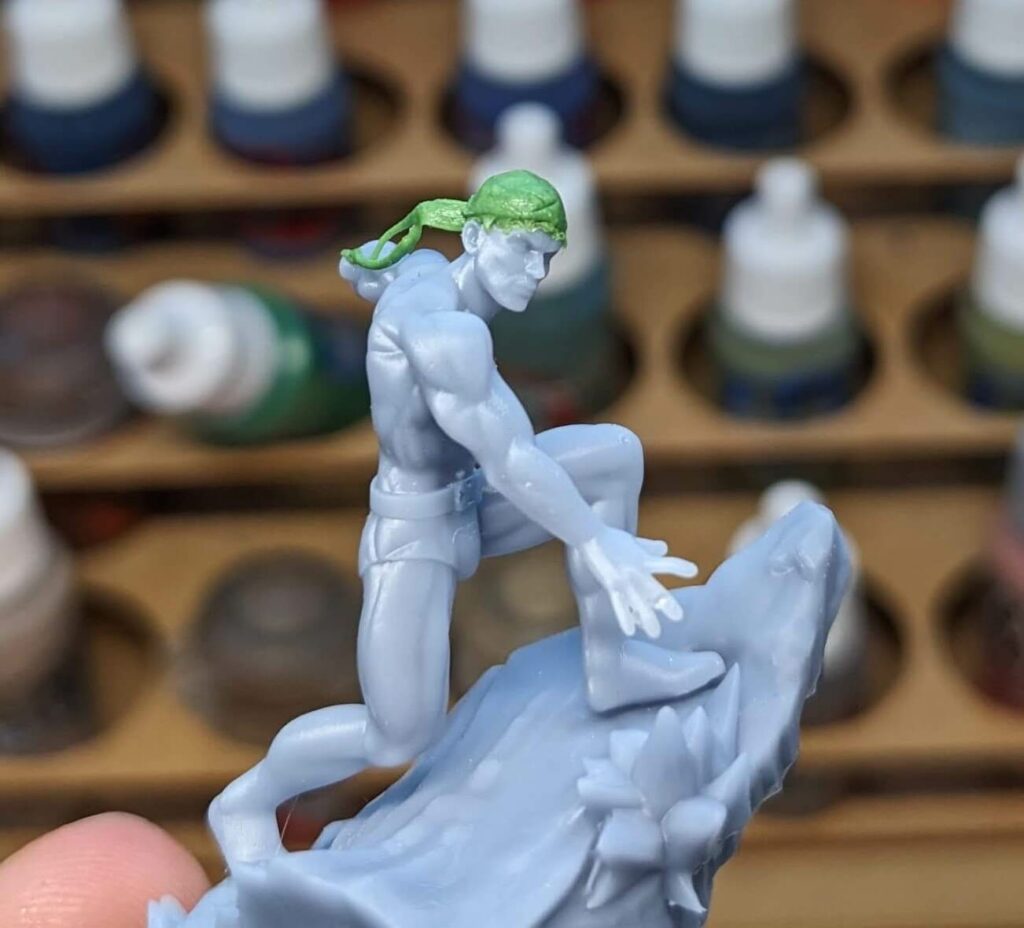
The main advantage of 3D printing is that you can print absolutely anything. The downside is that it’s not within everyone’s skill set. You first need to model the object with a 3D software like ZBrush before printing it. 3D modeling is a profession in its own right and requires training and practice. Fortunately, you don’t have to design your models yourself. Many 3D artists sell or offer their creations online, for example on gumroad.com.
Summary
After a while in the hobby, painting just isn’t enough. You start wanting to choose your own canvas and break away from the usual paths.
Customizing your miniatures is incredibly rewarding—it’s a breath of fresh air after countless hours of repetitive painting.
You’re no longer just following instructions—you’re creating. Your miniatures become one of a kind. It’s like signing your name on your collection. Suddenly, they become more valuable (at least emotionally), and they give your army or squad a real identity.
And beyond the creative satisfaction, playing with custom minis at tournaments (when allowed) is a great way to break the ice. It’s an instant conversation starter—players love to swap tips and tricks for creating stunning effects.
Feel free to share a photo of your favorite customized miniature with us. We’ll pick a few to showcase right here in the article!
